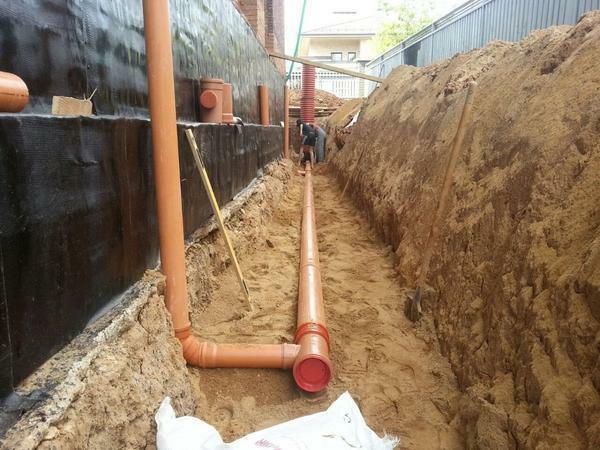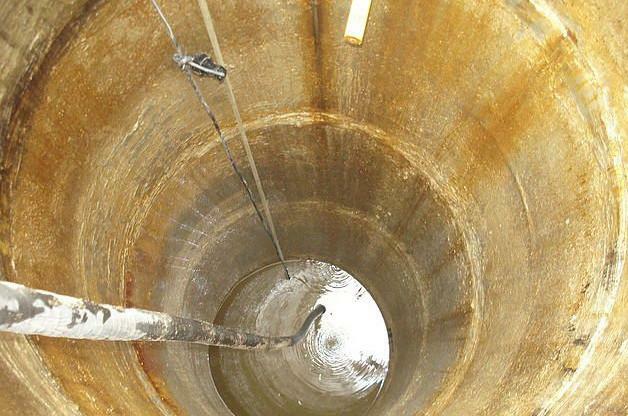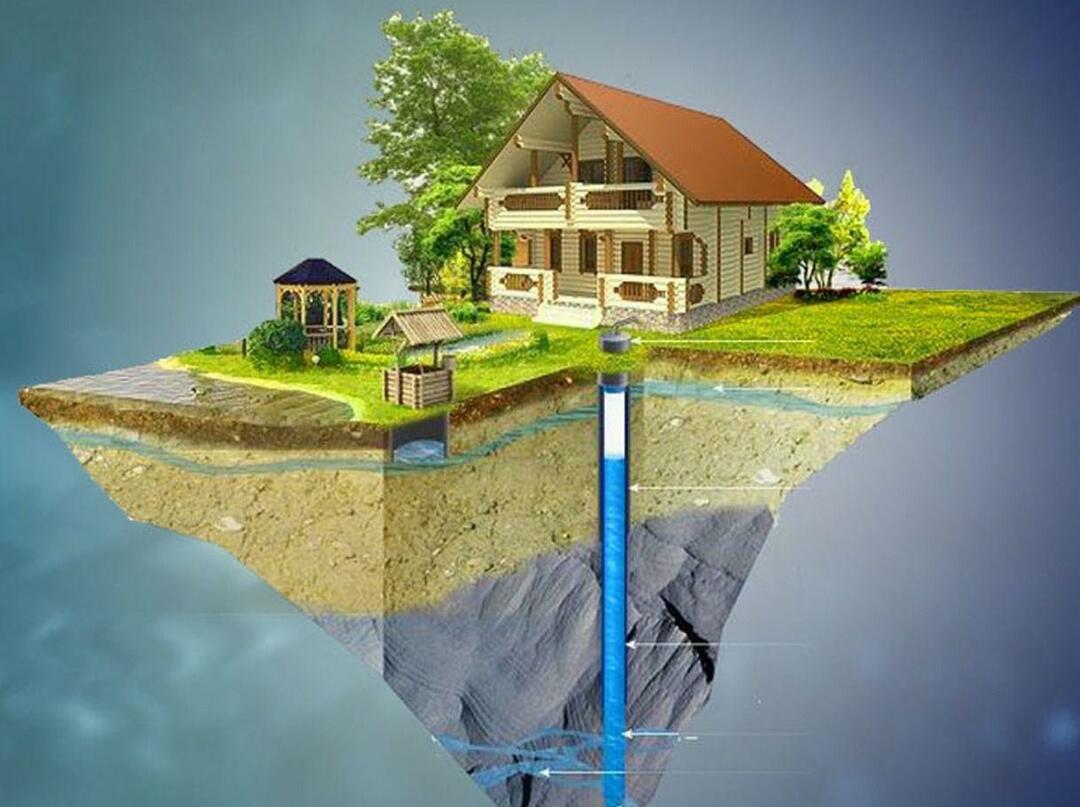Types of insulation pipes
If you plan to insulate pipes located underground( under the ground), then doing it yourself is not always easy. But there are several simple options, which we describe below.
- Warm water supply with a special cable. This cable has a power of about 10-20W and can wrap the pipe both inside and outside. It is worth saying that this method is very beneficial, since it is only necessary to heat pipes in winter. At the same time, the flow per meter is about 400-500 rubles.
- Warming of water pipes by forming high pressure inside. This principle works because H2O under pressure does not freeze. To do this, the receiver cuts into the system, which starts to pump pressure.
- Warming of the water pipe in the country with the help of air. In winter, the ground freezes on the surface, and the bottom is warm all the time. And so that the system absorbs heat from below, the method of laying the pipe in the pipe was coined. Creating a kind of "umbrella" from the cold on top. This insulation of sewer pipes gives an excellent result.
Warming of water supply pipes inside the building
If it is planned to insulate the pipeline indoors, then this is done with basalt, fiberglass or expanded polystyrene materials. The principle of operation of each of them is based on accumulated in the air, which heats the system.
- Basalt materials can be used without pipe trays. Plus, they are easy to install, thanks to the cylindrical shape. The protective layer is made of pergamene, foil-isol, and ruberoid. Less material - high cost.
- glass fiber materials are the most popular of such brands as Isover, Knauf and are used for metal-plastic pipes. At a low density of glass wool, additional funds are required in the form of glass cloth or roofing material. This leads to large financial costs.
- Styrofoam is one of the most common insulation materials. It is used not only for internal insulation, but also for outdoor( underground).It looks like an insulating shell( two semicircles form a circle that corresponds to the diameter of the pipes).On top, the expanded polystyrene is covered with a protective layer. Attach it to the places of docking the shell.
Requirements for insulation
There are generally accepted requirements for the material. On how much it meets these requirements, ease of installation and safety during operation depend. So, the main standards include:
- High heat saving characteristics and low thermal conductivity.
- Fire safety, the material should not be exposed to combustion and the spread of poisonous substances.
- Resistance to various chemical and biological influences and conditions.
- Practicality and the possibility of repeated use of the material.
- Water repellent properties and tightness.
- Simplicity and ease of installation.
- Durability and high quality.
To say that any one heater is universal and possesses all the listed properties, it is impossible. Each material has its own technical characteristics, indicated on the package. Thus, you can choose the most suitable for one or another property for a particular condition.


